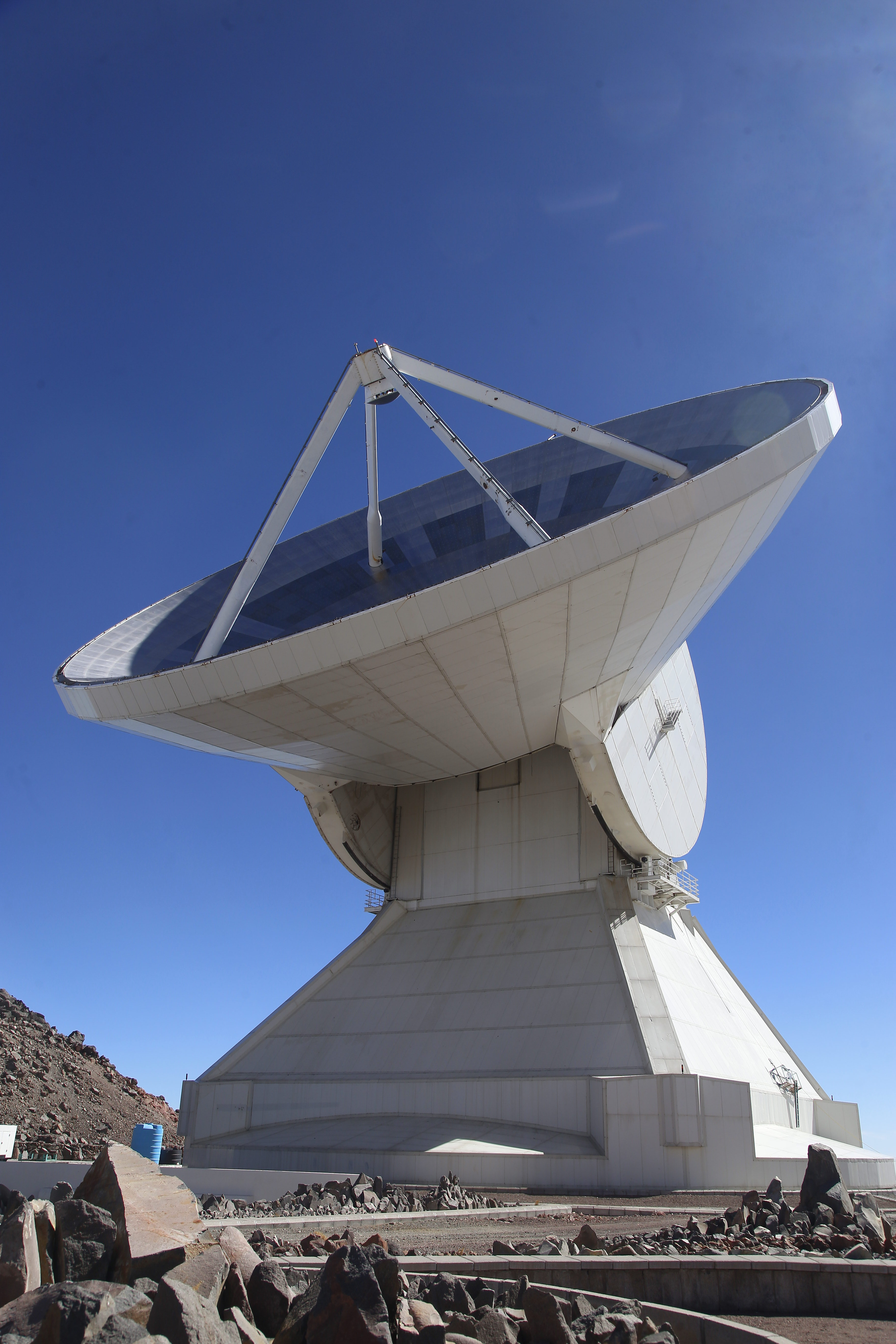 CHARM, which was developed by a world leading team of experts in the UK, will be integrated onto the LMT, Mexico's largest ever investment in science infrastructure. The project was supported by the UK government's Global Challenges Research Fund, which aims to strengthen partnerships between the UK and developing countries, including Mexico and to foster talent and innovation around the world.
CHARM, which was developed by a world leading team of experts in the UK, will be integrated onto the LMT, Mexico's largest ever investment in science infrastructure. The project was supported by the UK government's Global Challenges Research Fund, which aims to strengthen partnerships between the UK and developing countries, including Mexico and to foster talent and innovation around the world.
The Collaborative Heterodyne Astronomical Receiver for Mexico (CHARM) instrument will be the first at the telescope to operate using wavelengths of light less than a millimetre in length. It will enhance the telescope's ability to see the molecules that make up interstellar clouds of dust and the role they play through the lifecycle of stars.
CHARM was developed by experts from the UK Science and Technology Facilities Council's RAL Space, in collaboration with astronomers at the University of Manchester and Mexico. For a telescope to remain at the forefront of discovery, its detector systems need to be continually improved. Currently, Mexico does not have the expertise to do this for the LMT. The CHARM project has provided the first steps in knowledge transfer and training to help Mexican students and staff develop the telescopes detectors.
Professor Brian Ellison, who leads the RAL Space Millimetre Wave Technology group and is the CHARM Co-Investigator, said: “We are delighted to be working with colleagues in Mexico and Manchester to deliver the CHARM instrument. The LMT was one of the observatories involved in imaging the blackhole earlier in the year so we're all excited to be contributing to this amazing science facility and CHARM represents an important step in developing a great international relationship, making new friends and new scientific discoveries!"
The team at RAL Space are world leaders in high frequency (Terahertz), short wavelength, heterodyne receivers and their instruments are used on board weather satellites as well as at the ALMA observatory in Chile.

Once the instrument arrives at the summit of the dormant volcano Sierra Negra, the RAL Space team will install it onto the telescope. At around the same size as a suitcase, CHARM is very compact and self-contained. Unlike the other LMT instruments, it operates at room temperature, meaning that installation is expected to be relatively straightforward.
However, CHARM is a pathfinder mission. It will detect signals at far smaller wavelengths than the other instruments at the telescope. In order to provide the greatest sensitivity, CHARM needs to be aligned perfectly. As well as searching the skies, the instrument will help to show whether the LMT's optics and enormous 50m diameter primary dish can support instruments detecting at these sub millimetre wavelengths. If this is successful, an even more sensitive instrument could be developed for the LMT.
Gary Fuller, CHARM Principal Investigator and Professor of Astrophysics at the Jodrell Bank Centre for Astrophysics, School of Physics & Astronomy, The University of Manchester said: "CHARM will provide the LMT with a brand new capability, giving astronomers in Mexico and the UK exciting new opportunities to understand how giant clouds of gas and dust in galaxies collapse to make new generations of stars. CHARM's success will, in the future, also help LMT make more precise measurements of black holes at the centres of galaxies."
The CHARM project provided training to Mexican staff in a technology that has a wide range of scientific and industrial uses. One rapidly growing field is active sensors for cars. These operate at exactly the frequency range of LMT. Mexico has a large automotive sector, and skills developed through this project could provide invaluable training to raise the level of technical innovation in the Mexican car industry.
Dr Edgar Colín-Beltran, and electrical engineer and Consejo Nacional de Ciencia y Tecnología Research Fellow at the LMT spent 2 months at RAL Space helping design some of the instrument. He said: “It's been great to spend some time in one of the more specialized facilities in the world working in millimetre wave technology, particularly with a team that develops high-tech receivers for multiple purposes. I enjoyed getting to know a lot of very nice, valuable and supportive people and benefit from their knowledge in designing and building astronomical instruments. We are really keen to demonstrate and use the first pathfinder for submillimetre wave observation at the LMT."
Images:
Top: CHARM Instrument in the laboratory at RAL Space
Middle: The Large Millimeter Telescope in Mexico
